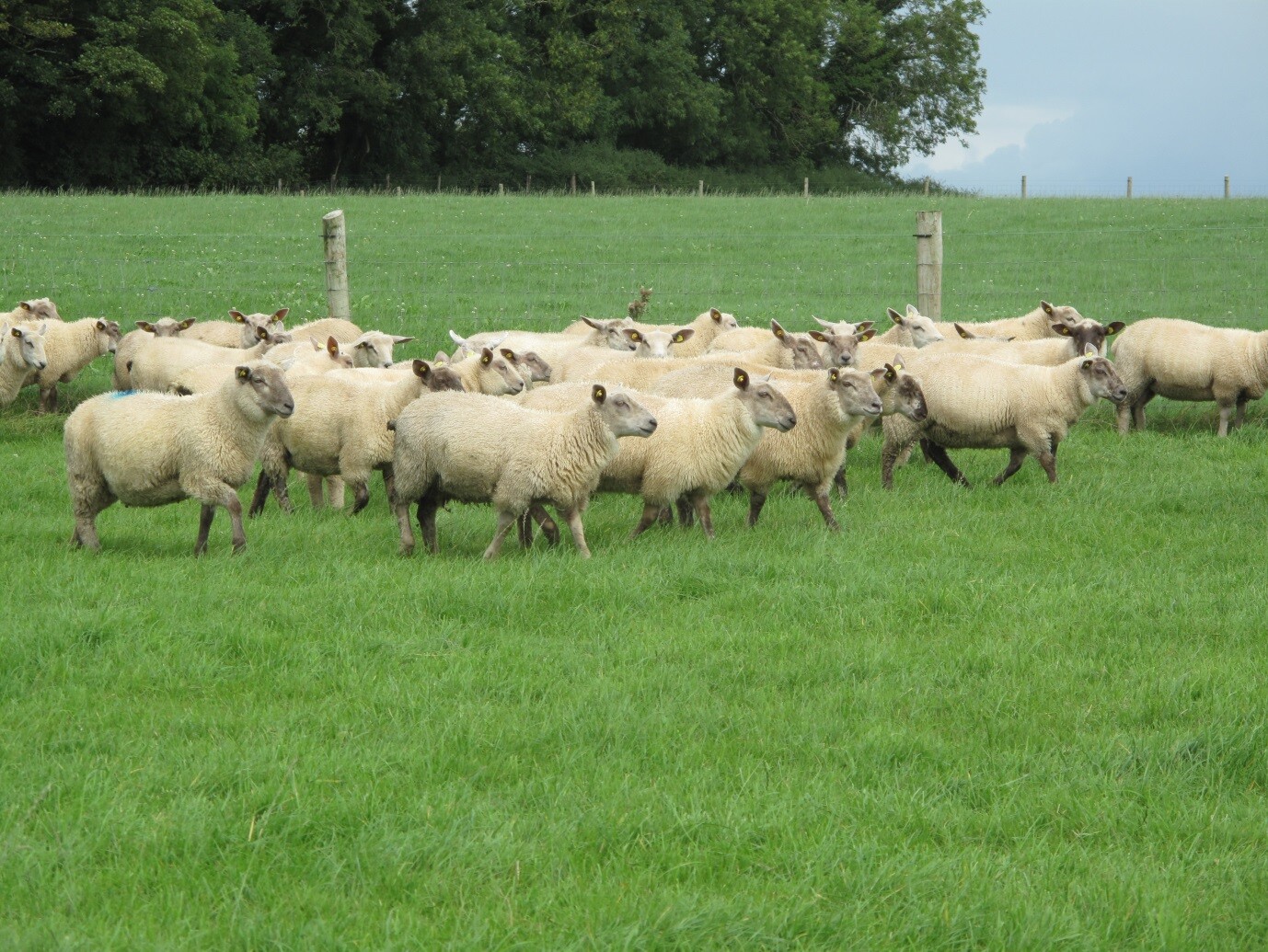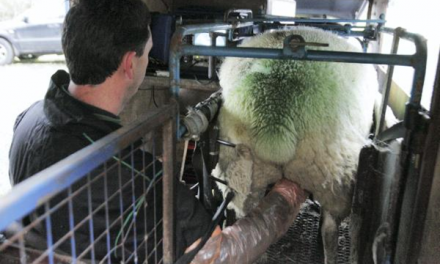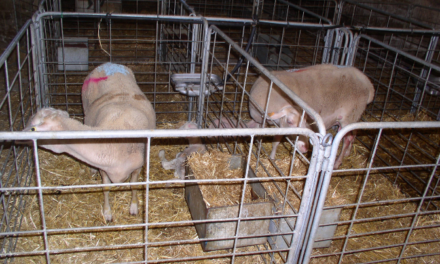This post is also available in:
![]()
![]()
![]()
![]()
Replacement ewes normally join flocks at 18 months of age with the intention of producing their first litter at 24 months. The cost of a replacement ewe at joining the flock at approximately 18 months of age is equivalent to 25% of the value of lamb carcass output that she will produce during her lifetime. One option for reducing replacement costs is to join ewe lambs to lamb at one year of age which should increase lifetime productivity and thus reduce cost (https://www.teagasc.ie/media/website/publications/2010/ReplacementPolicyManagement.pdf).
Breed differences
Weight at joining is the main effect of breed difference in management of ewe lambs at joining. The effect of weight of ewe lambs at joining on the probability of rearing at least one ewe lamb is presented in Figure 1. The data presented in Figure 1 reflect differences due to ewe and lamb mortality, litter size and ewe barrenness. Regardless of ewe genotype, as weight at joining increased the probability of rearing at least one lamb improved. To have a 0.9 probability (90% chance) of rearing at least one lamb Belclare, Suffolk x Belclare and ≥75% Suffolk ewe lambs would need to be 48.5, 51.2 and 60.0 kg at joining respectively. The mature weight of Belclare and Suffolk ewes is 77 and 83 kg, respectively. Thus Belclare, Suffolk x Belclare and ≥75% Suffolk ewes lambs would need to be 63%, 64% and 72% of mature body when joining at 9 months of age to have a 90% probability of rearing at least one lamb when lambing at 1 year of age. When using this matrix genotypes of low prolifcacy need to be heavier at joining as the loss of a lamb has a greater impact in small litters.
Figure 1. Effect of body weight at joining on the probability of rearing at least one lamb.
(Keady and Hanrahan, 2014)








